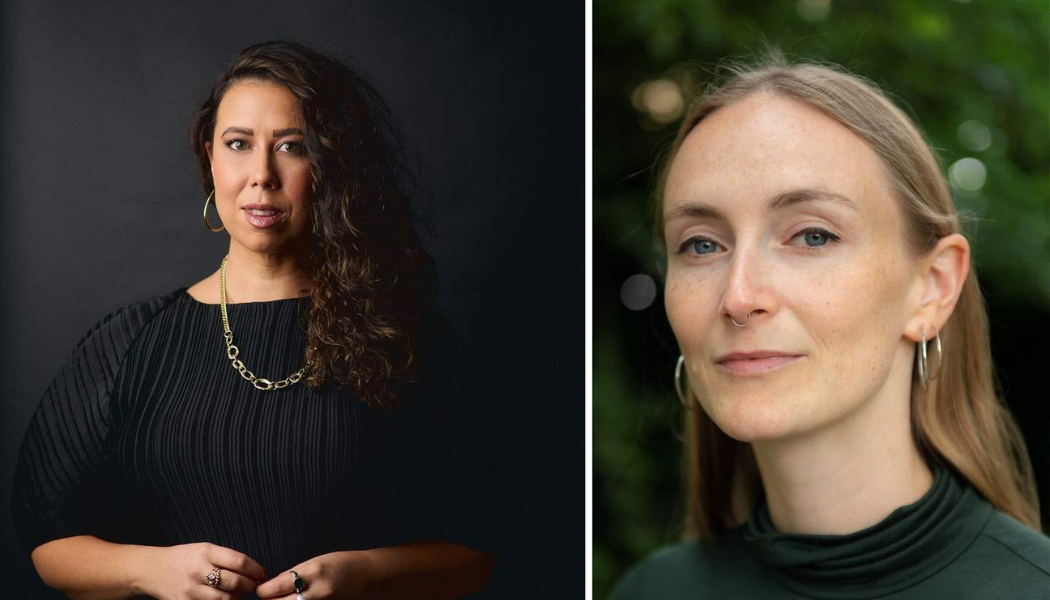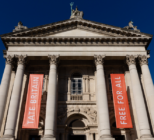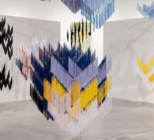Tate has appointed two new Adjunct Curators to develop narratives around ecological issues and First National and Indigenous Art.
Beginning in September 2023, Marleen Boschen will become the institution’s first Adjunct Curator dedicated to art and ecology – a position it said will develop narratives around ecological issues and “further Tate’s commitment to climate justice”.
Boschen, is a curator, lecturer and artist who in 2019 co-curated the research, performance and exhibition project Soil is an Inscribed Body: On Sovereignty and Agropoetics at SAVVY Contemporary, Berlin with Elena Agudio. Since January 2023 she has continued the collaboration with Agudio to develop an artistic programme on cultivation, migration and agroecological learning for the garden of Villa Romana in Florence.
Also beginning next month, Kimberley Moulton will take on the role of Adjunct Curator specialising in First Nations and Indigenous Art, continuing research and scholarship in the field.
Moulton is a Yorta Yorta woman from Australia, who has previously served as Senior Curator, First Peoples, at Museums Victoria. Her curatorial work includes 17 exhibitions with Museums Victoria, various independent projects across Australia and the USA, and the recent co-curation of the transnational Indigenous Triennial, Naadohbii: To Draw Water.
Both positions will sit within the Hyundai Tate Research Centre: Transnational. Created in 2019, the research initiative was created to develop its collections and programmes beyond Western Europe and North America.
Integrated within Tate Modern’s curatorial team, the Centre contributes to exhibitions, displays, acquisitions and events across Tate’s four galleries and with a network of collaborators.
Tate said the appointments are part of its ongoing strategy to explore new perspectives on global art histories.
Catherine Wood, Director of Programme, Tate Modern said the new hires will bring “significant experience and expertise” and will advance its “ambition to present a truly international story of art through our programme and collection.”










